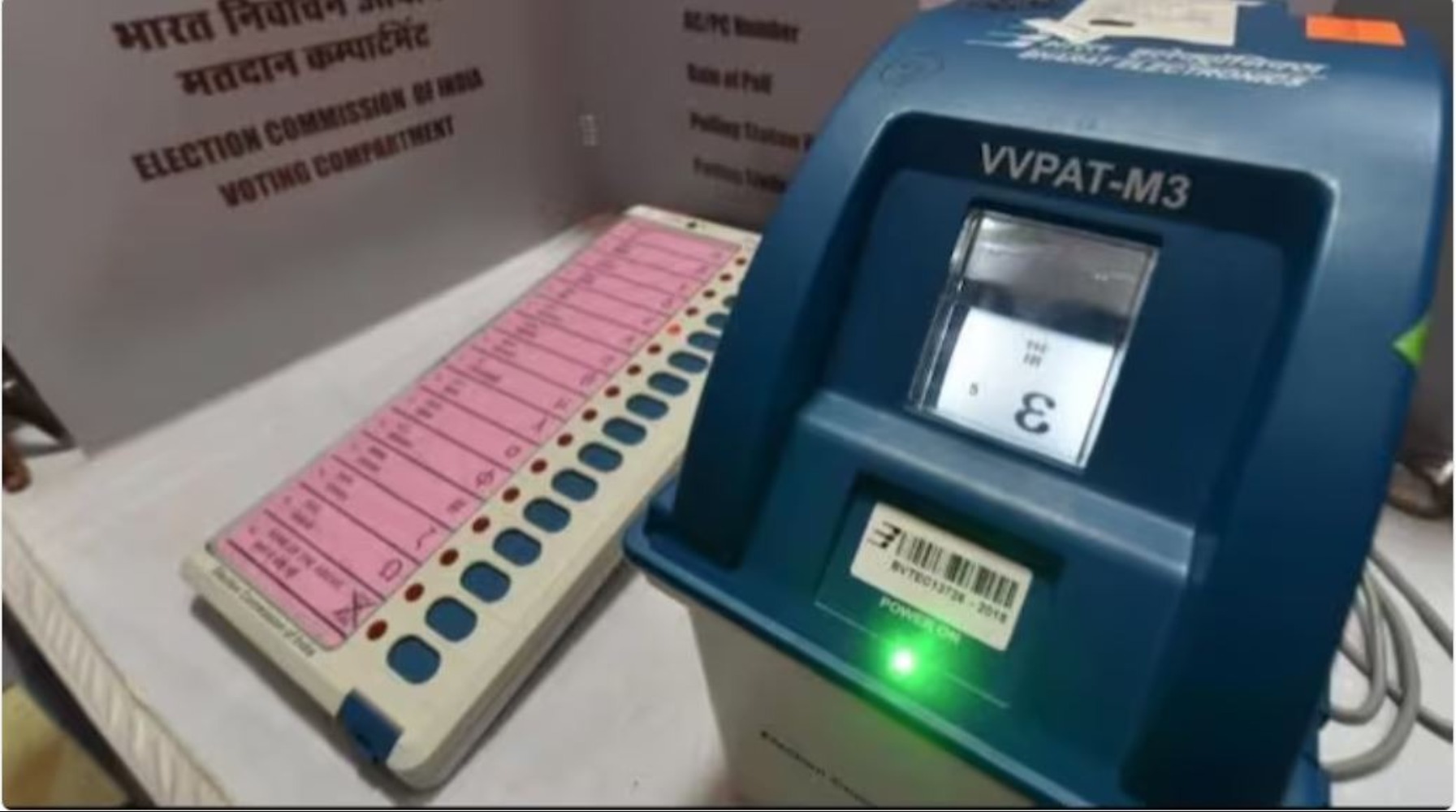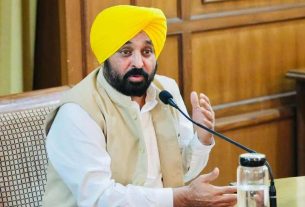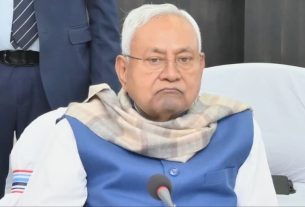The VVPAT machine was first introduced in India in 2014 general elections and they are made by the Electronics Corporation of India Limited (ECIL) and Bharat Electronic Ltd (BEL).
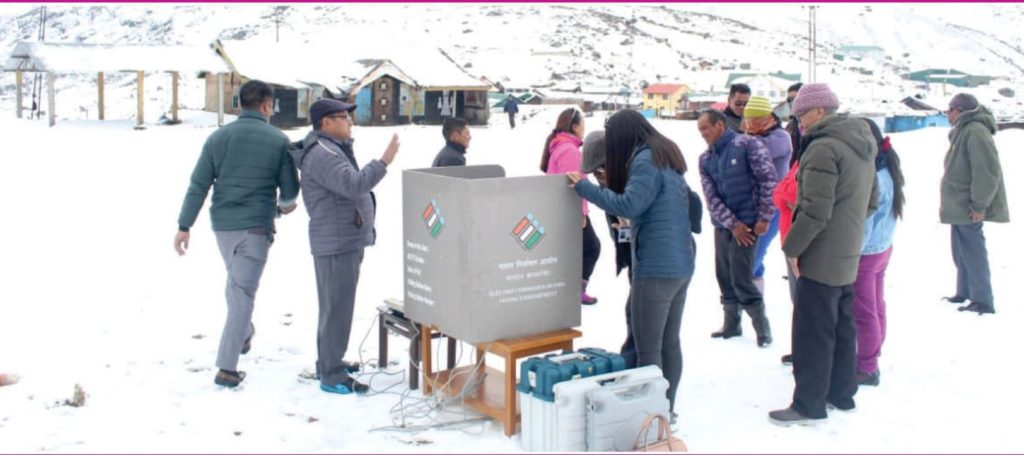
The Supreme Court on Thursday while hearing petitions seeking 100 percent verification of Electronic Voting Machine (EVM) against Voter-Verifiable Paper Audit Trail (VVPAT) records asked the Election Commission of India (ECI) to explain the working of the EVM-VVPAT and said that there has to be sanctity in the electoral process. To subscribe please click tau.id/2iy6f and access our live channel.
Representing one of the petitioners, Advocate Nizam Pasha said that a voter should be allowed to take the VVPAT slip after he votes and deposit it in a ballot box. Following this, Justice Khanna questioned if such a process would affect the voter’s privacy to which advocate Pasha replied, “Voter privacy cannot be used to defeat voter’s rights.”
MUST READ: Govt to Sell Bonds Worth Rs 24000 Crores
What is VVPAT?
VVPAT stands for Voter Verifiable Paper Audit Trail. It is a ballotless system that prints a paper slip with the name of the candidate, his/her serial number and the symbol of the party he/she is standing for. It also has a transparent window where a voter can see the printed slip that contains the name and symbol of the party they have voted for for about 7 seconds.
The VVPAT machine essentially acts as a verification machine for a candidate who can ensure whether their vote has indeed been taken into account for their intended candidate or not. After one sees the printed slip in the window of the VVPAT machine, it goes inside a sealed ballot compartment of the machine.
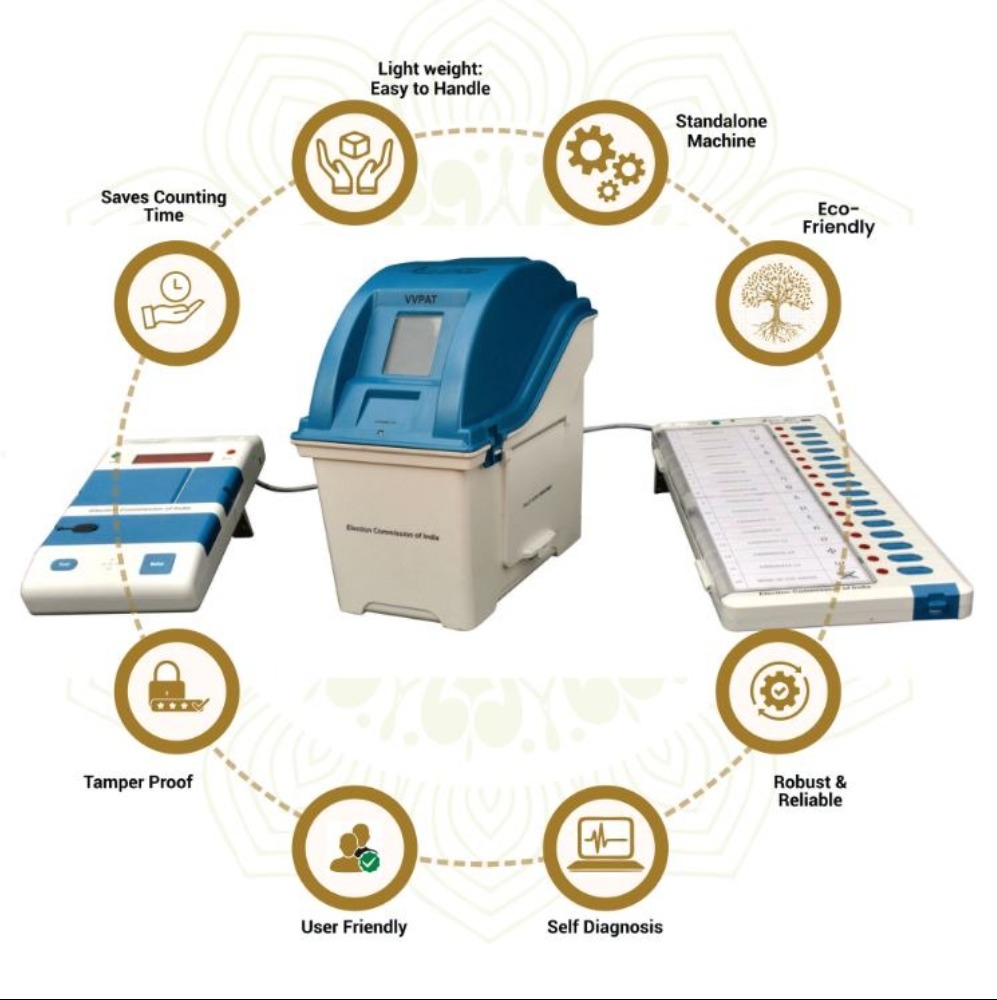
How It Will Be Used
The slips stored in a VVPAT machine can be used to corroborate the results of the Electronic Voting Machine (EVM) but it can only happen in special situation, for e.g- if there are allegations of vote fraud or miscalculation, then the EC can direct for the slips to be counted.
The Supreme Court in 2019 had directed the Election Commission to increase the voter verified paper audit trial (VVPAT) verification to five random Electronic Voting Machines (EVMs) in each assembly segment/constituency head of the Lok Sabha election…
However, the EVMs and VVPATs are separate entities and not connected to any network. The EC has always maintained that botht he systems are fail-safe methods and thre are security measures involved while conducting an election.
How People Will Benefit
The centre has been constantly seeking complete cross-verification of the votes cast using EVMs with VVPAT, an independent vote verification system which enables an elector to see whether his or her vote was cast correctly. Presently, VVPAT verification is done only in five randomly selected EVMs in each assembly segment.
During a plea, on the Supreme Court’s demand to explain the working of EVM-VVPAT, the poll body said that before the machines are placed at the strong room, 100 percent of the machines are checked via mock polling in the presence of representatives of all political parties.
Conclusion
The top court was hearing petitions seeking cross-verification of votes polled on Electronic Voting Machines (EVMs) by matching them with VVPAT paper slips. This comes a day ahead of the first phase of 2024 Lok Sabha election, which is scheduled to take place on Friday.

